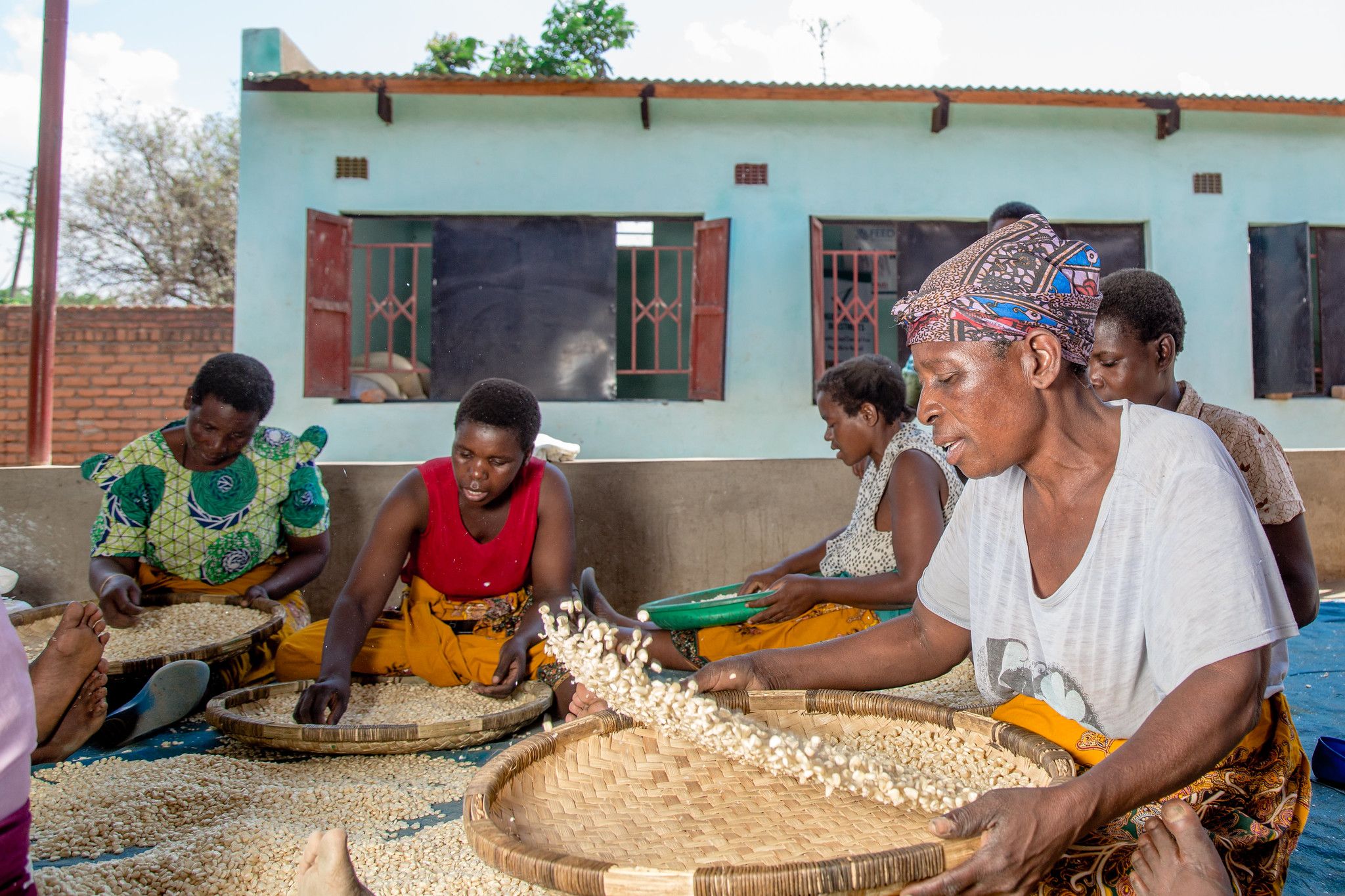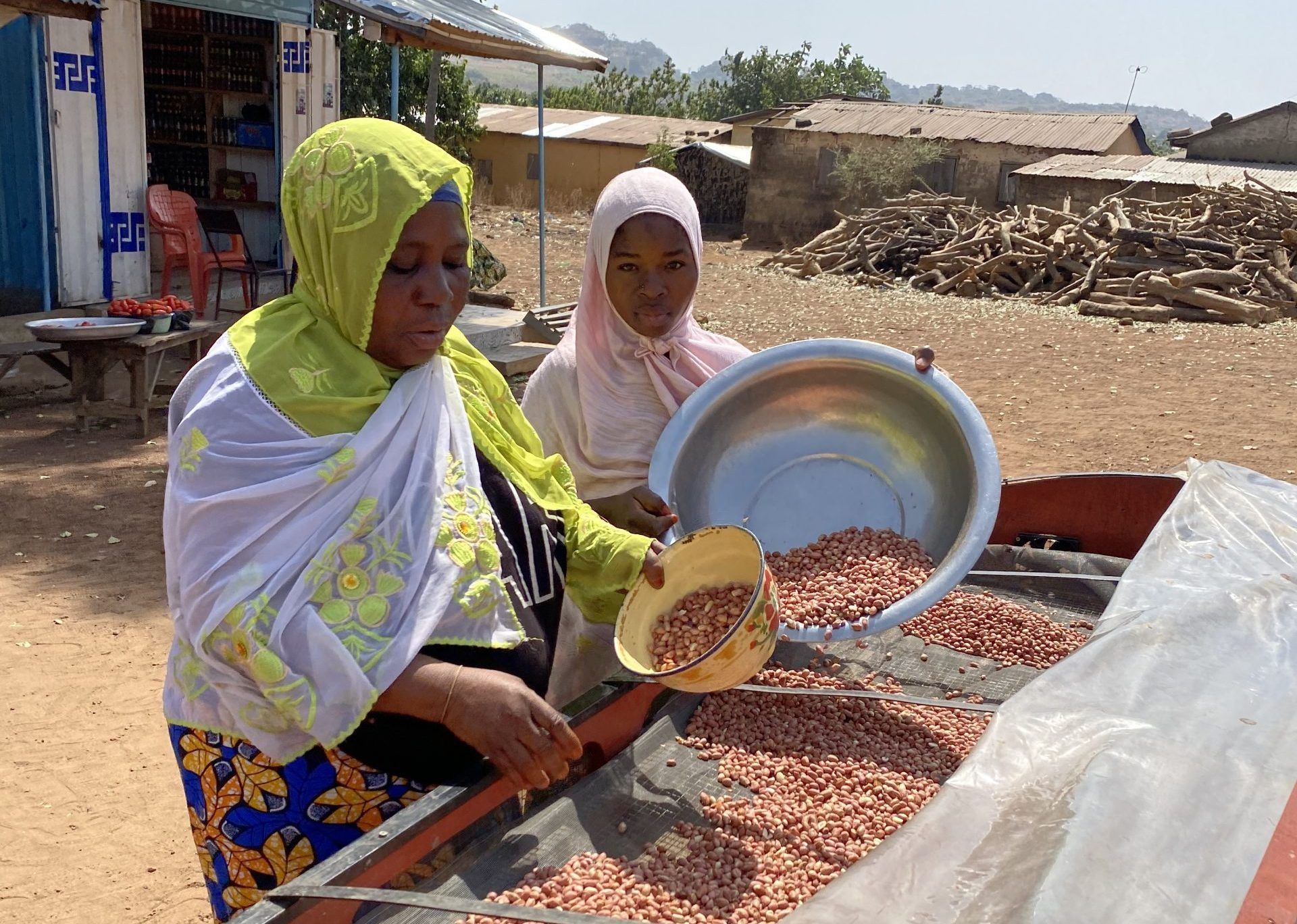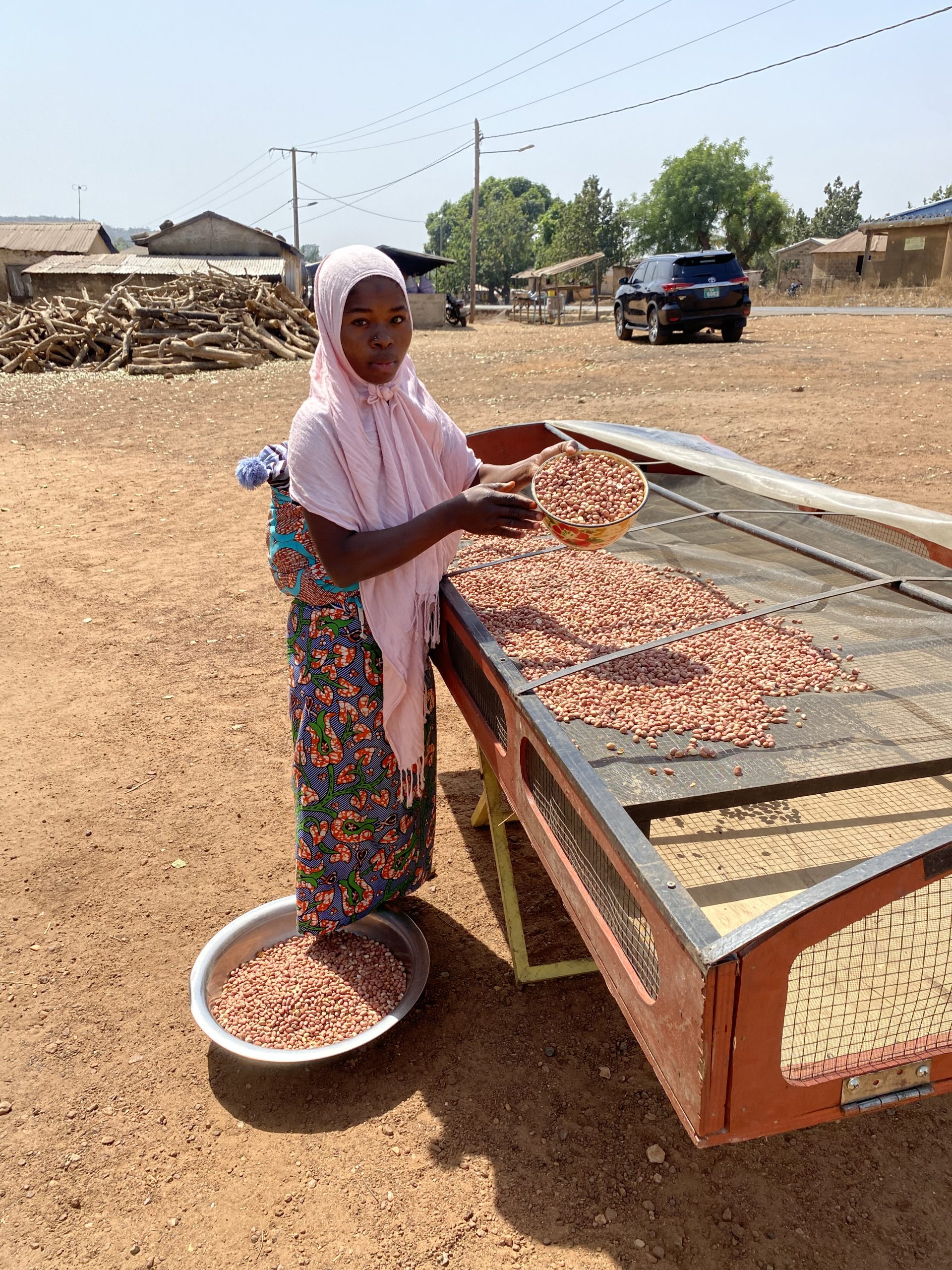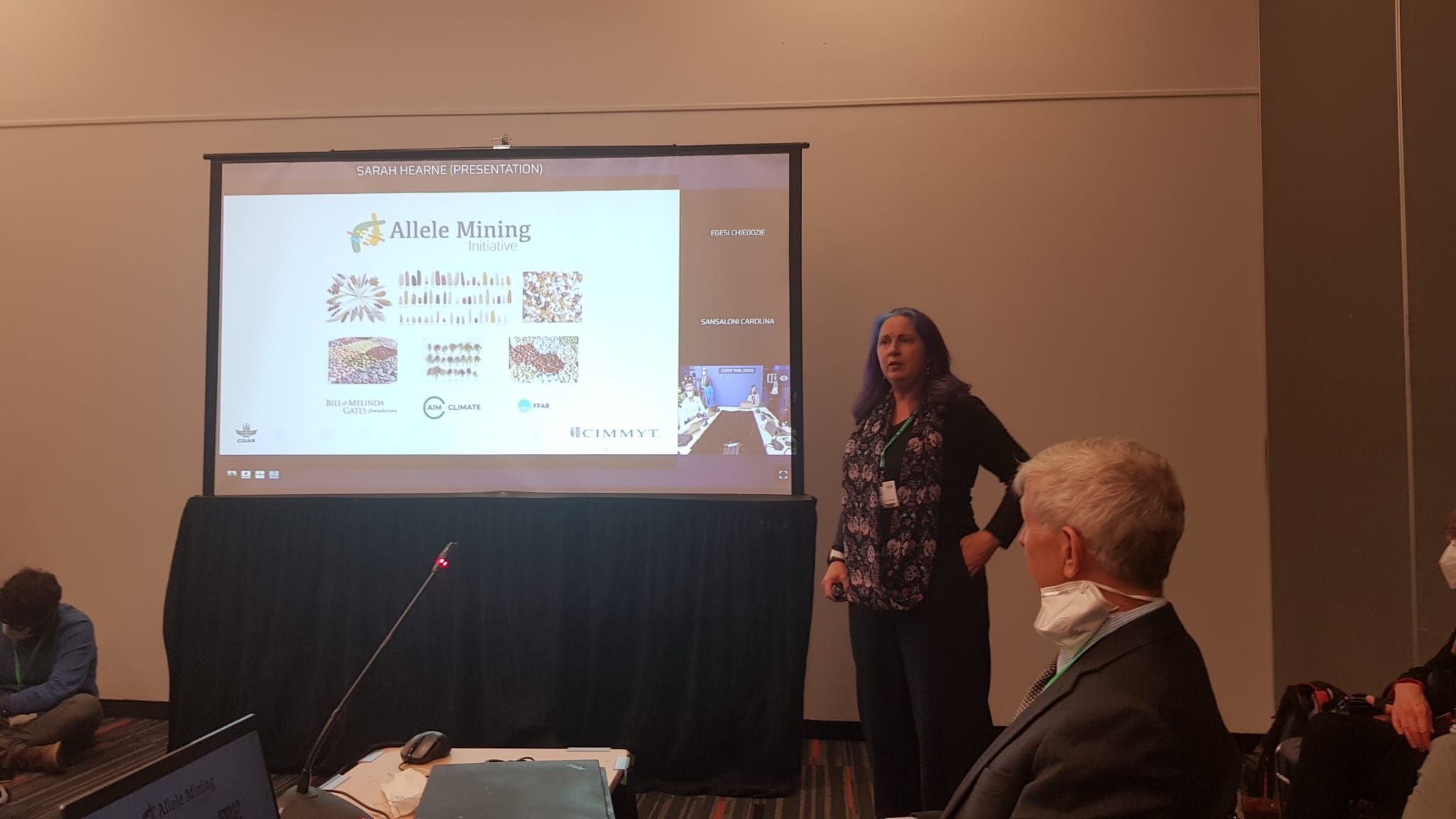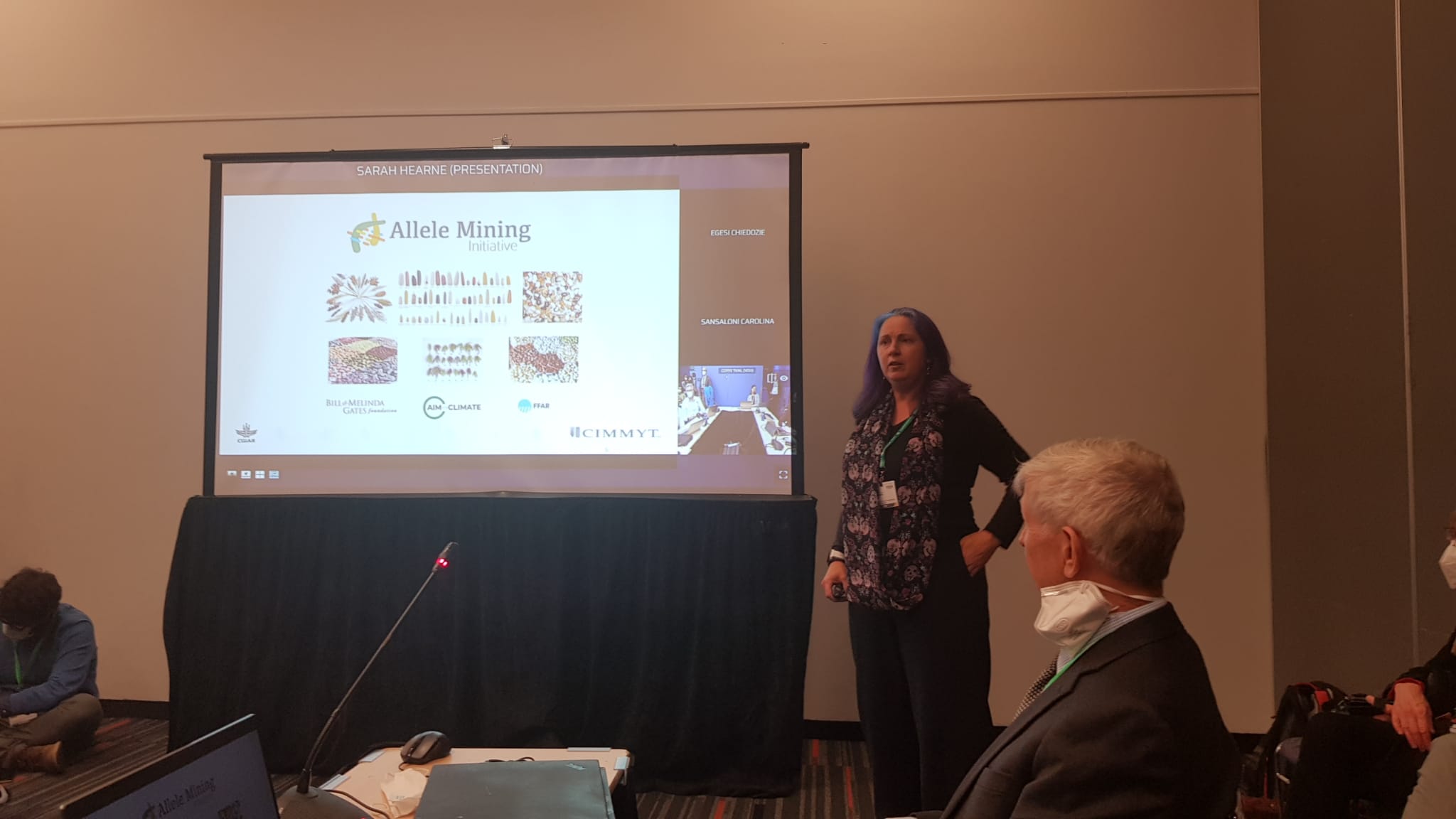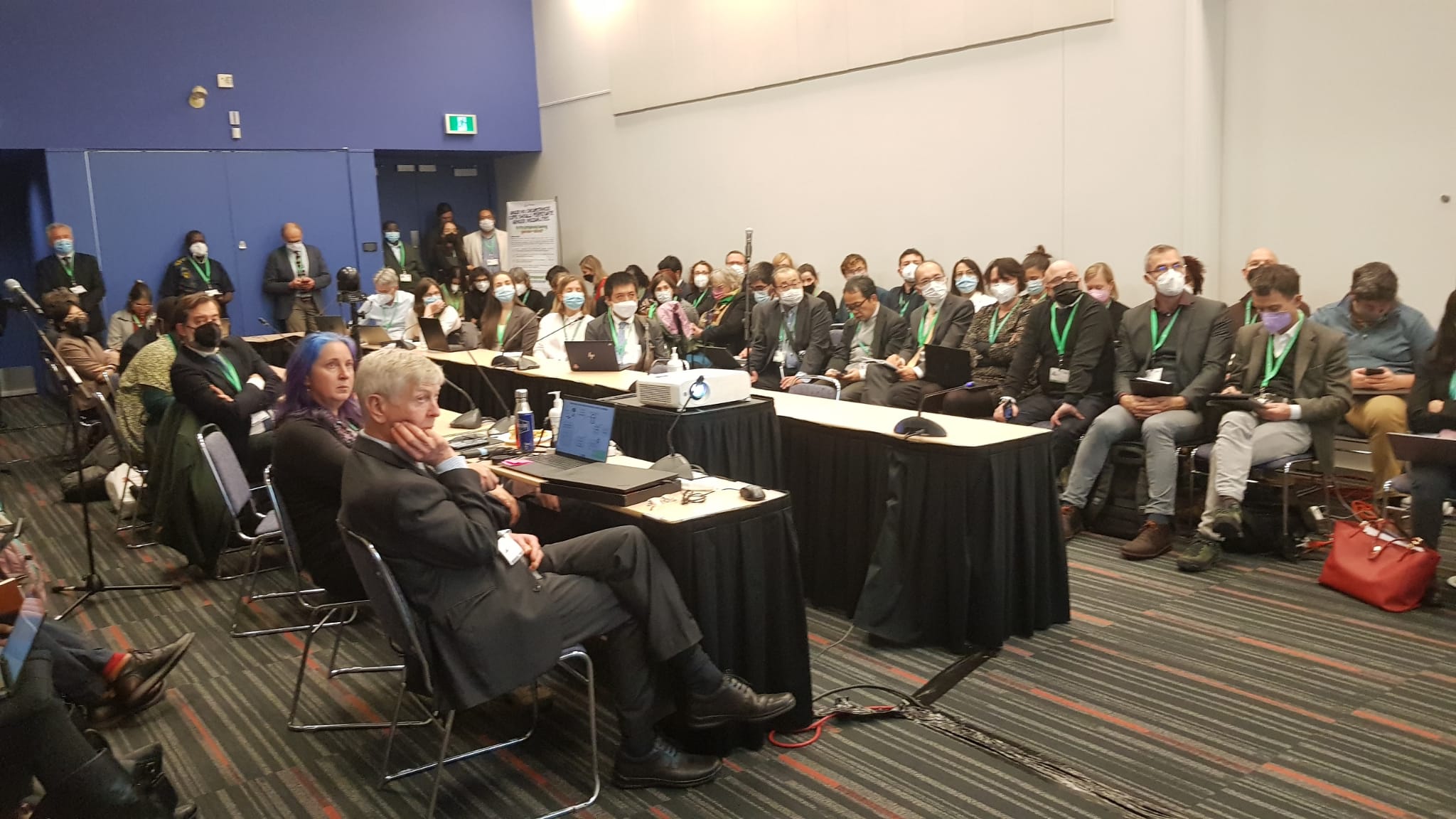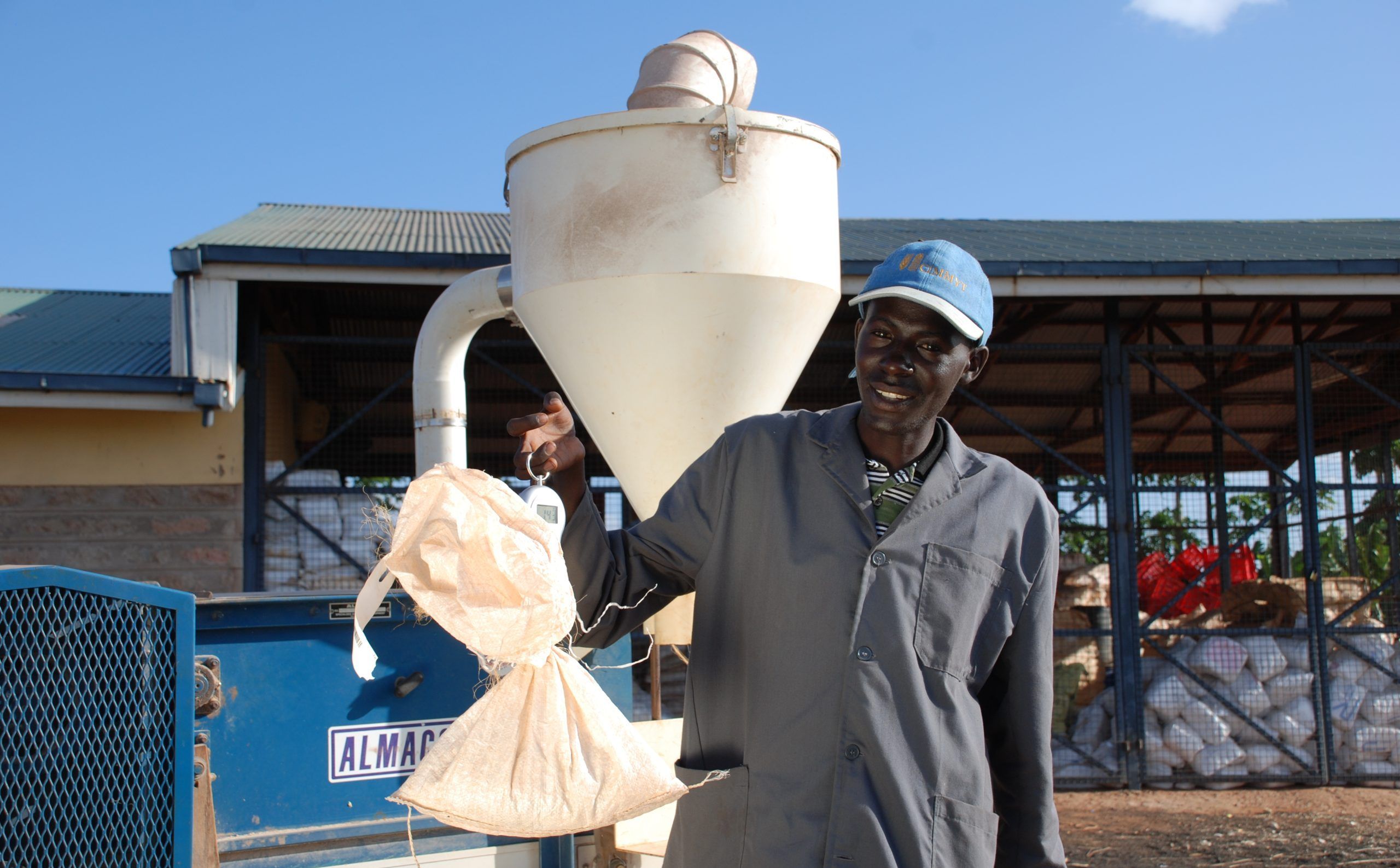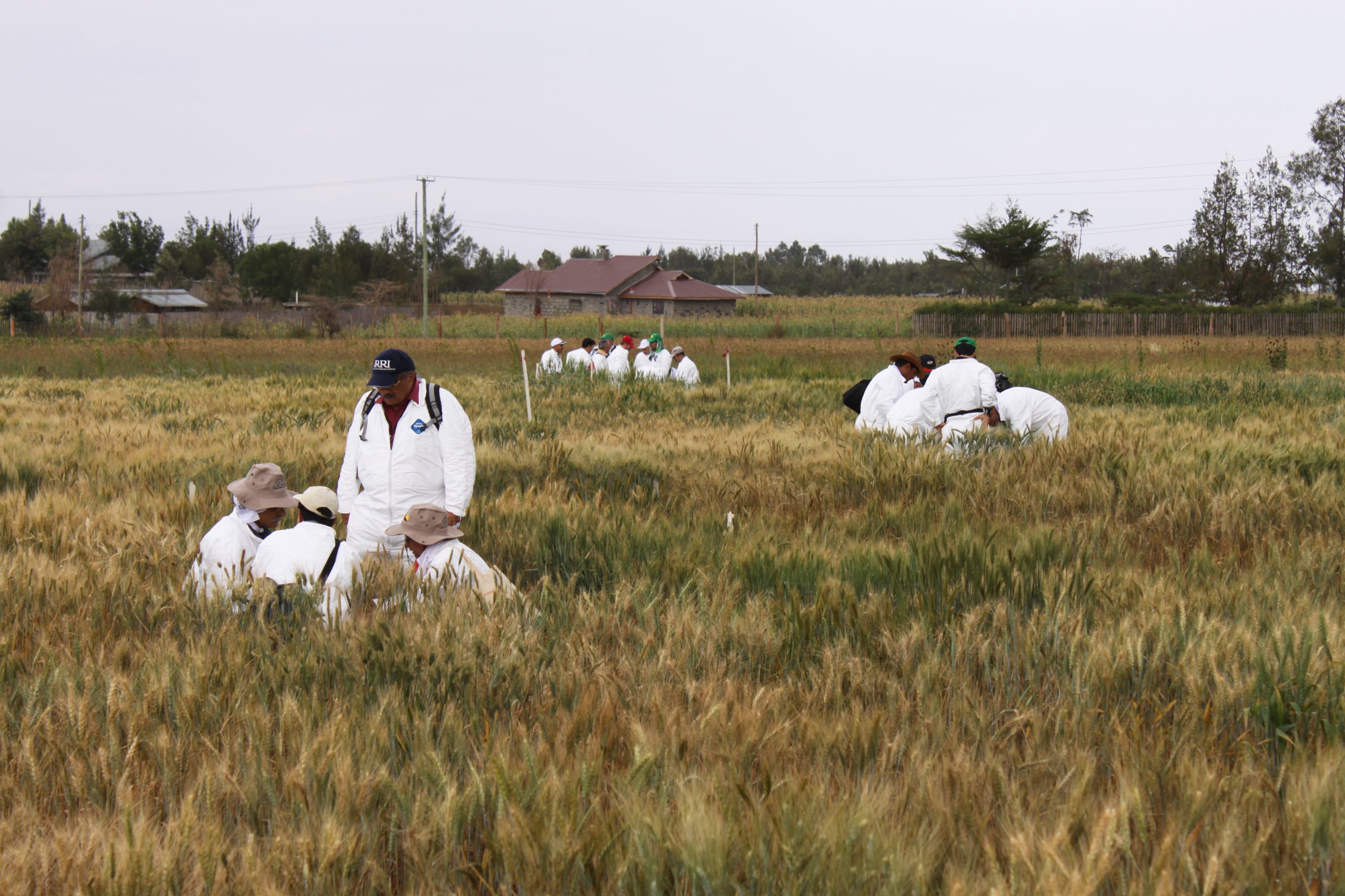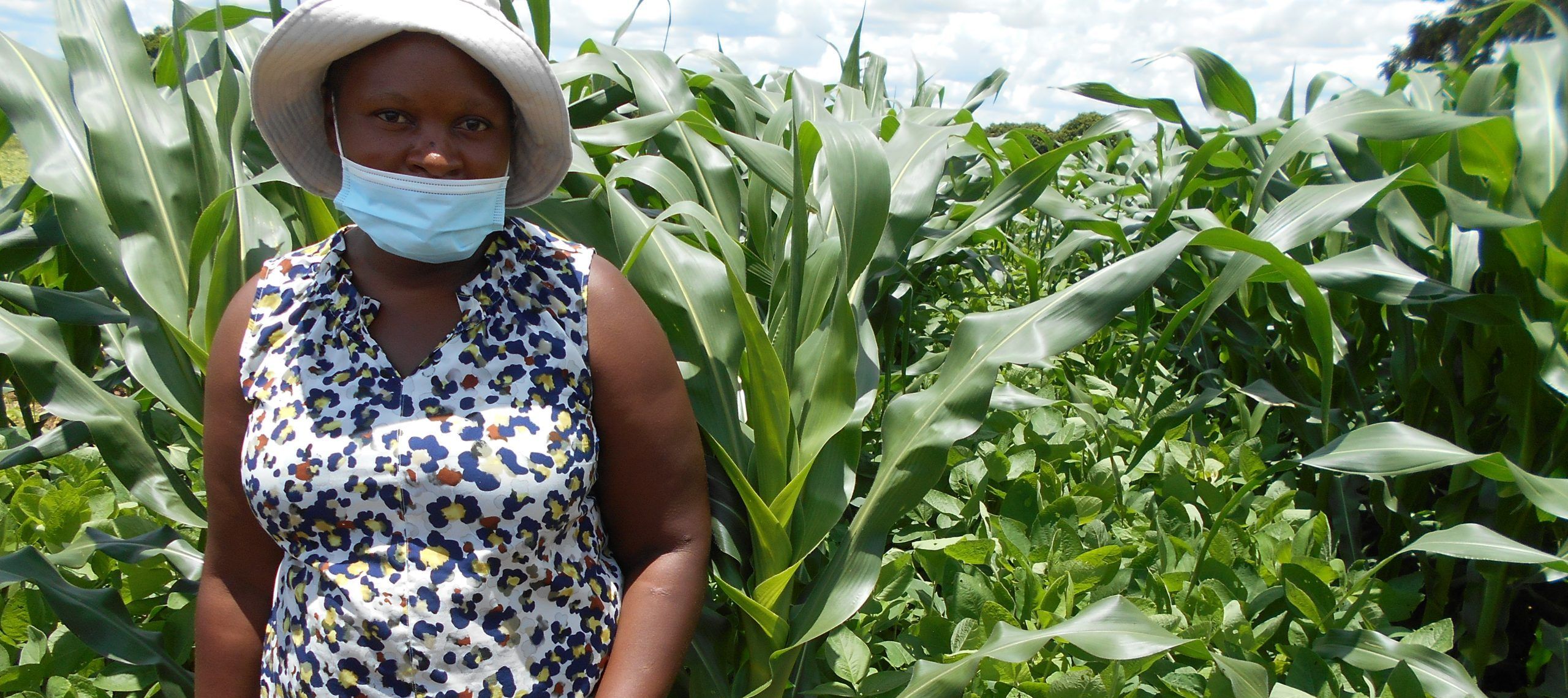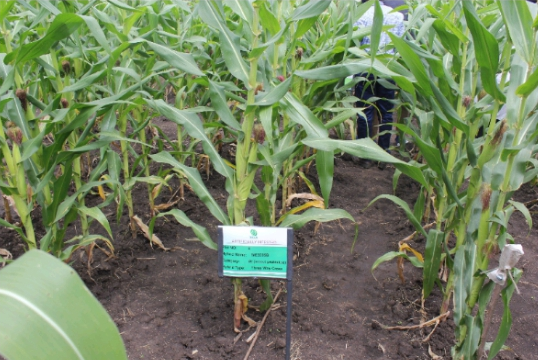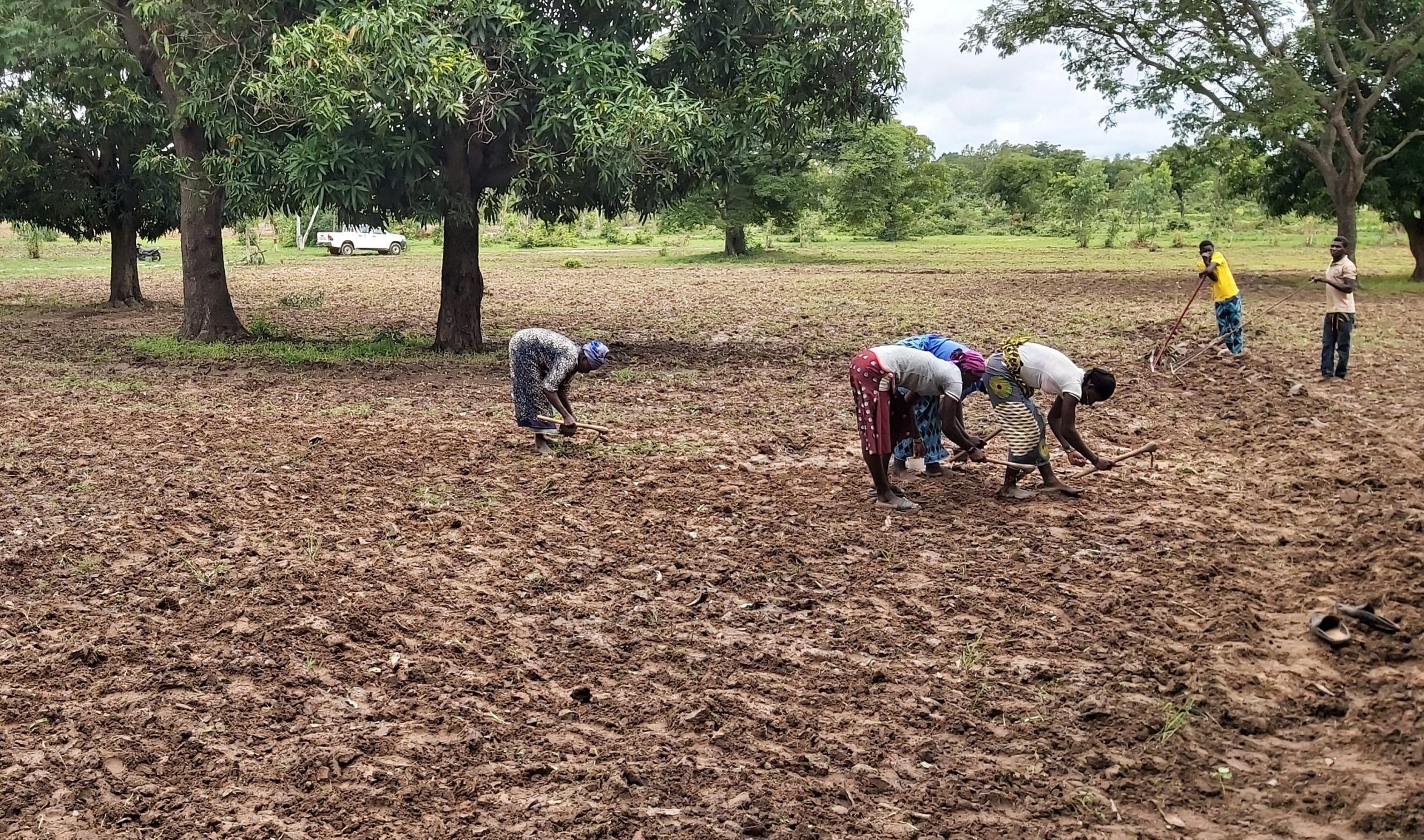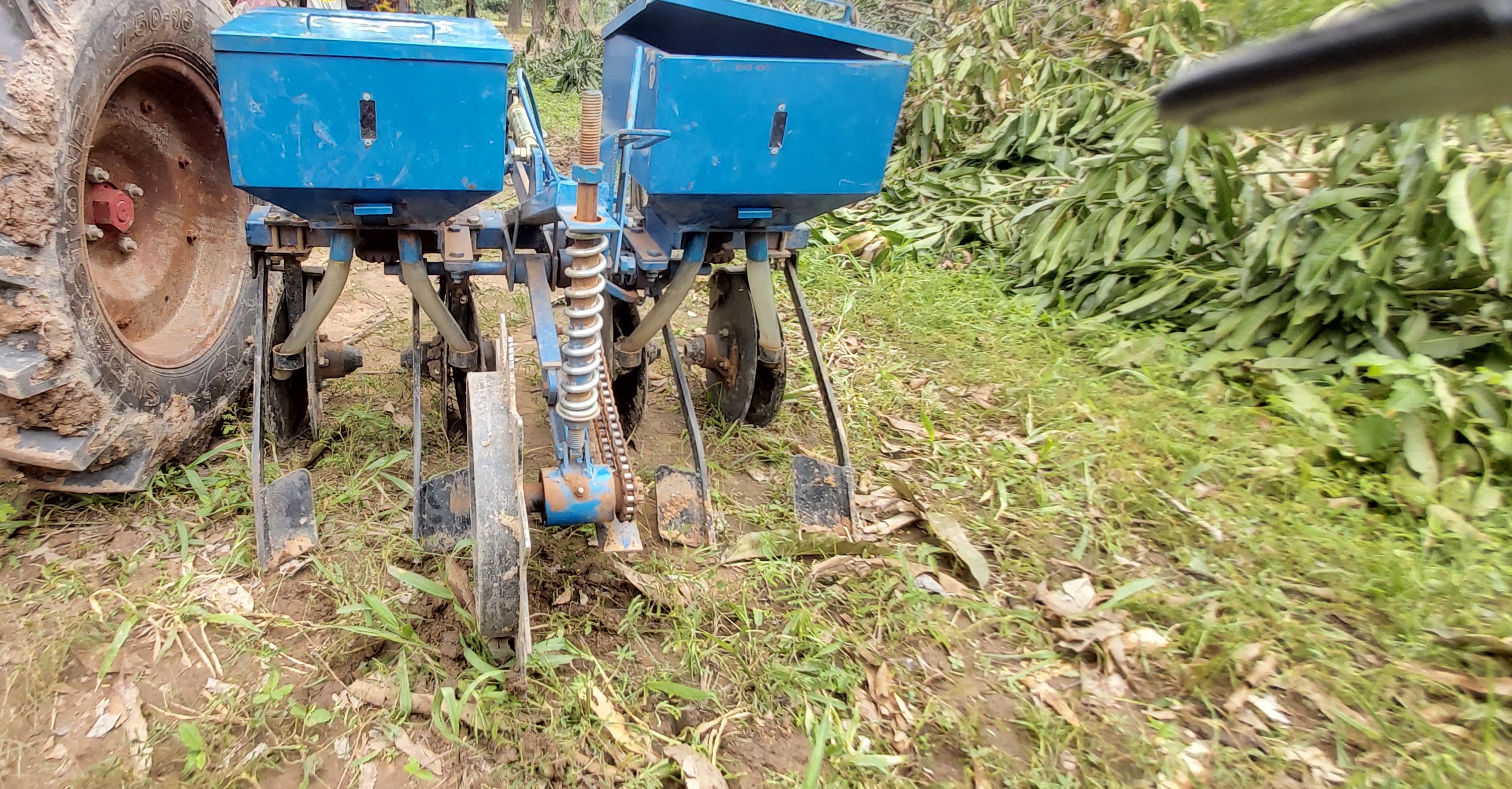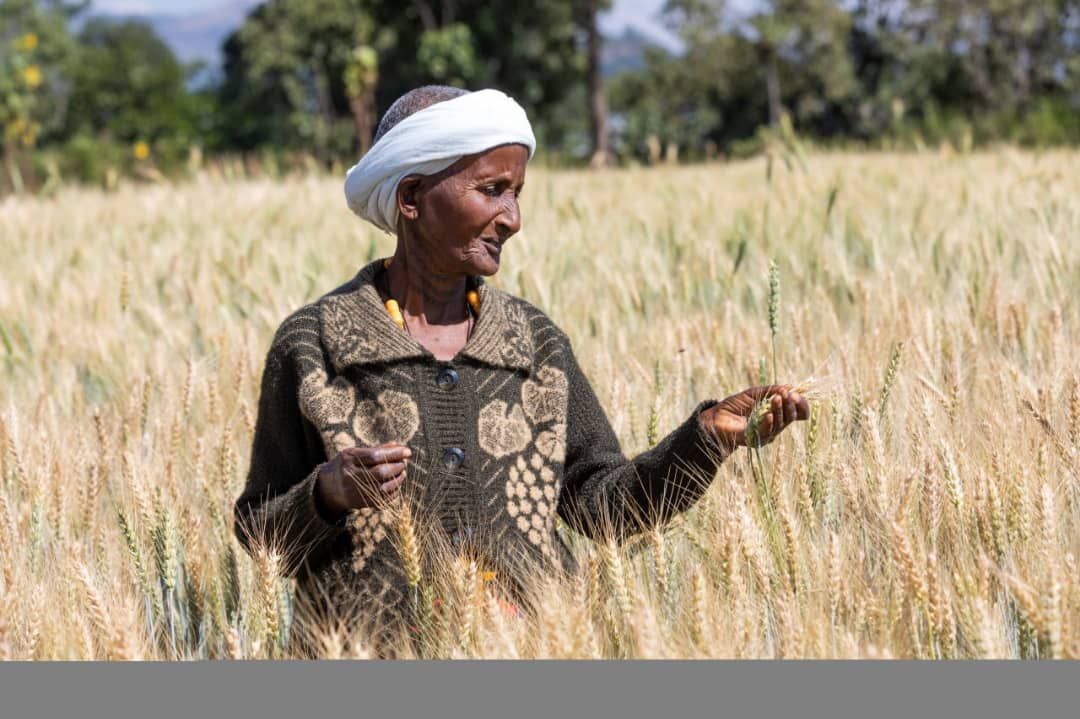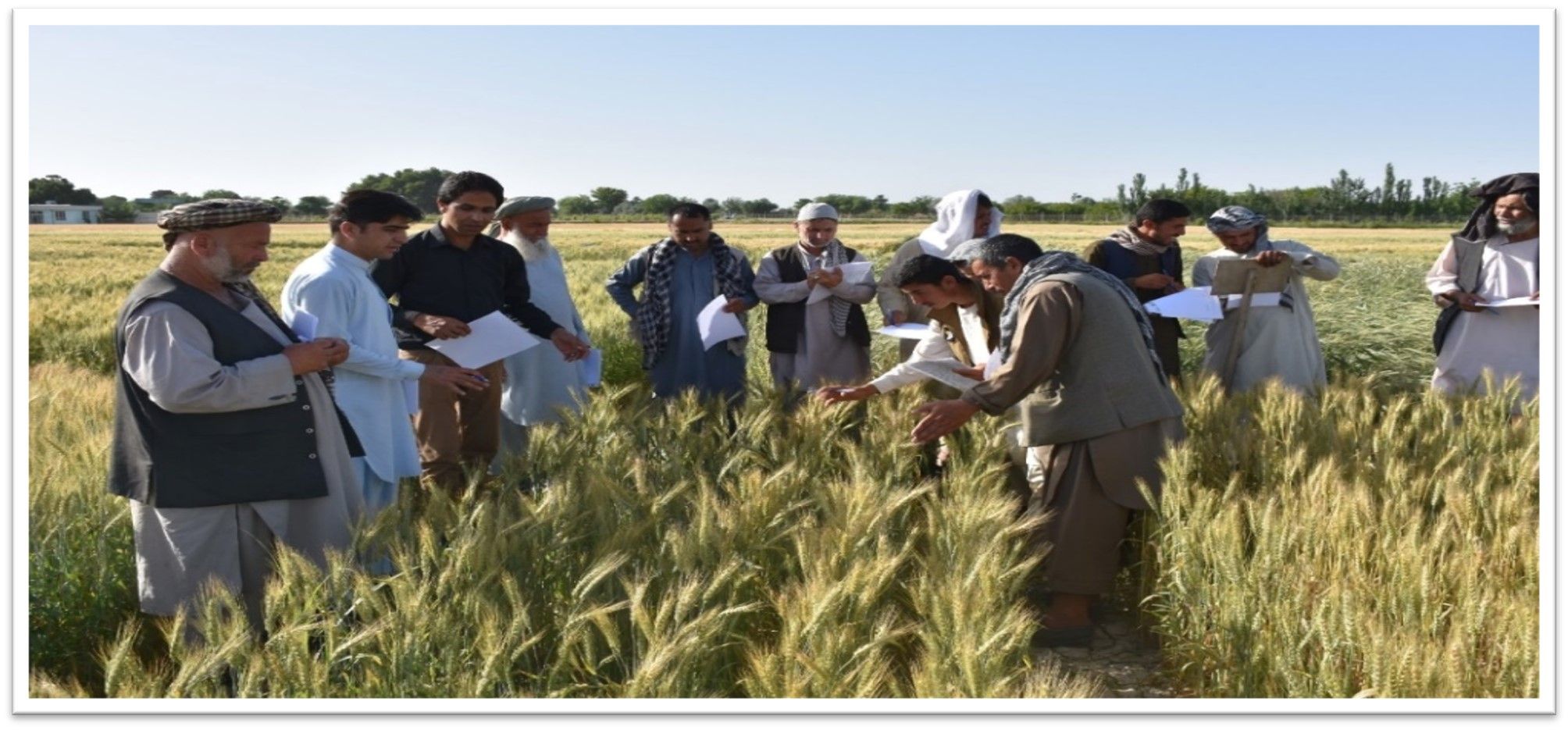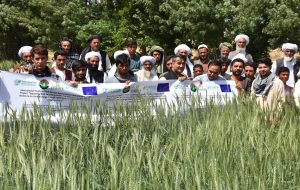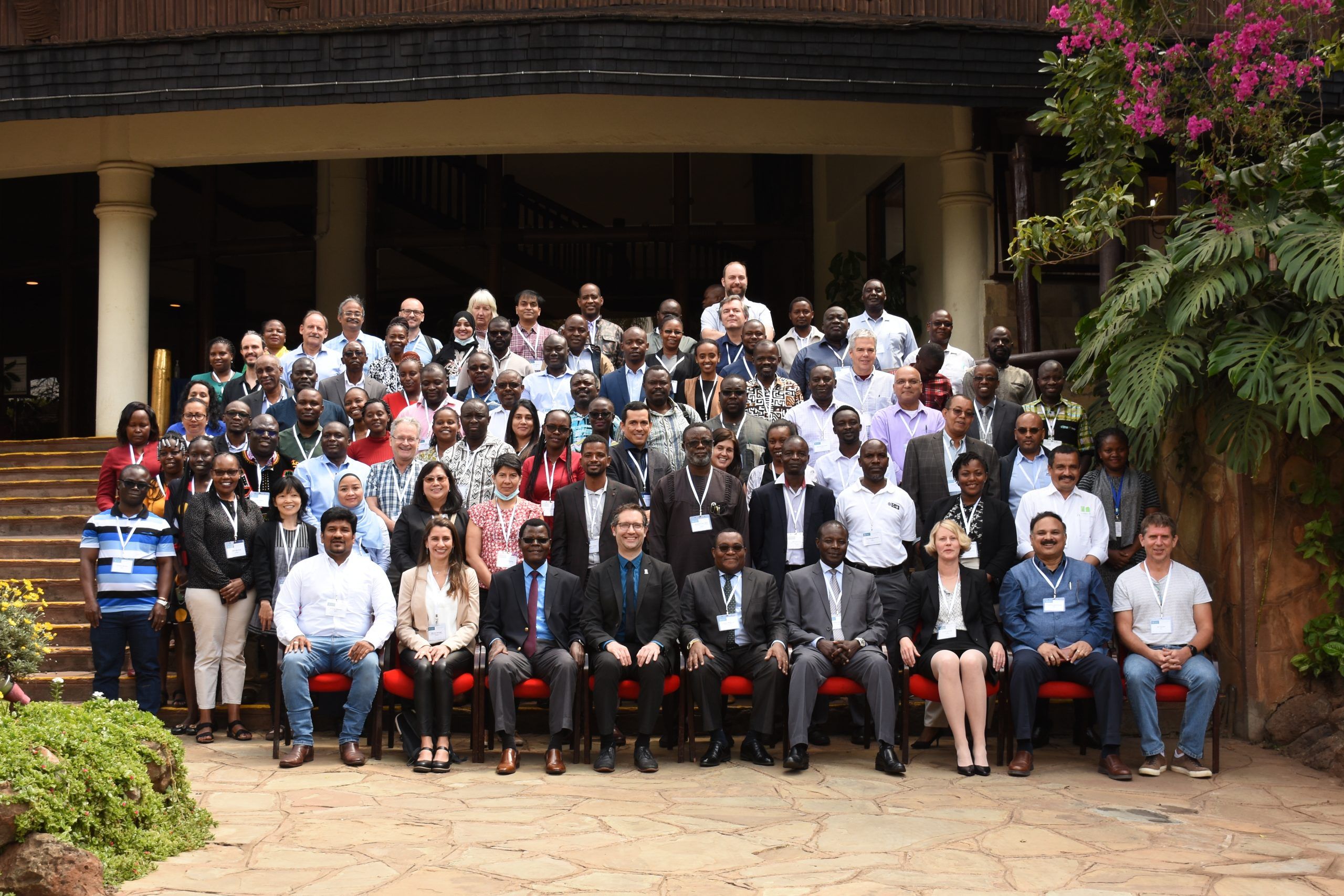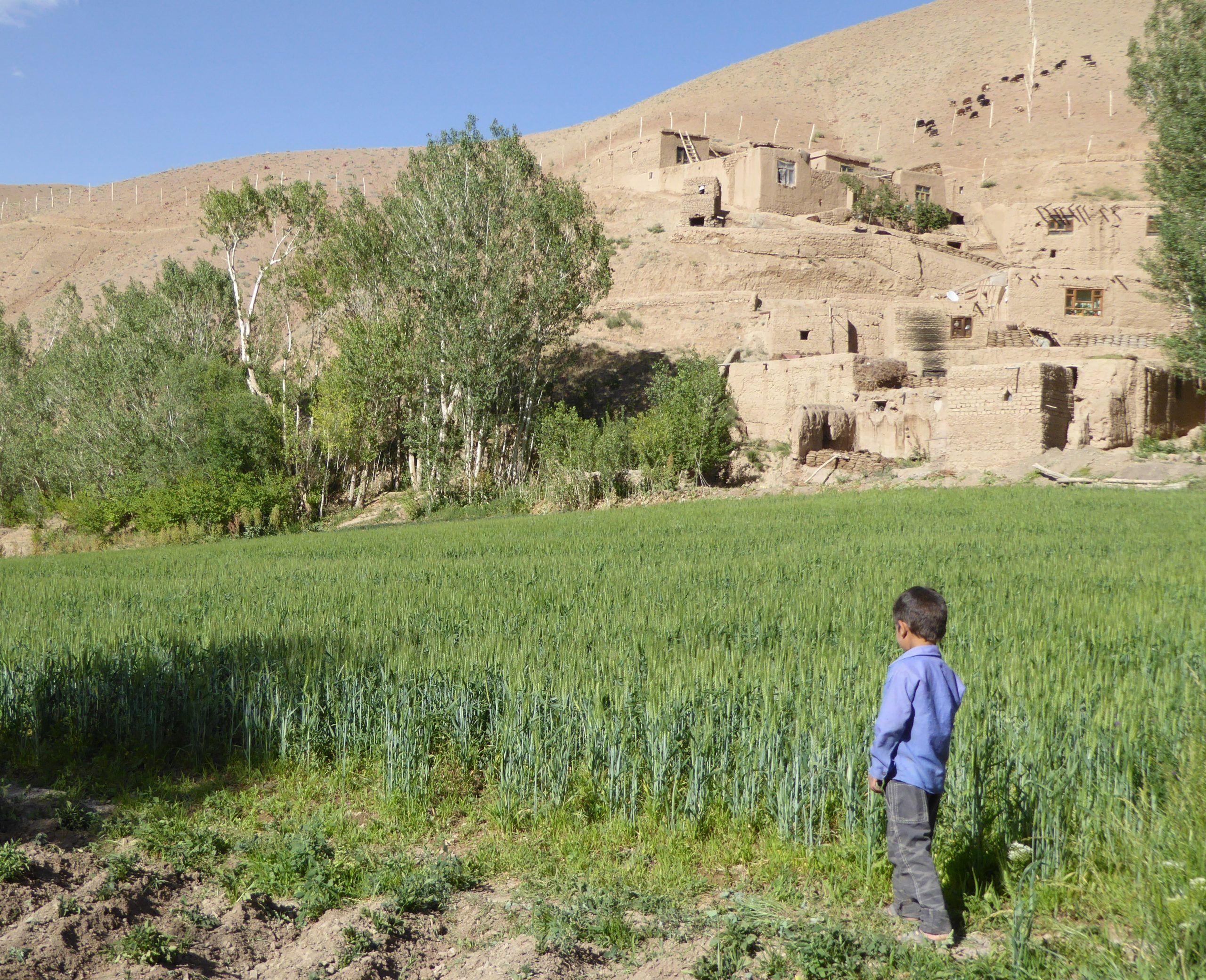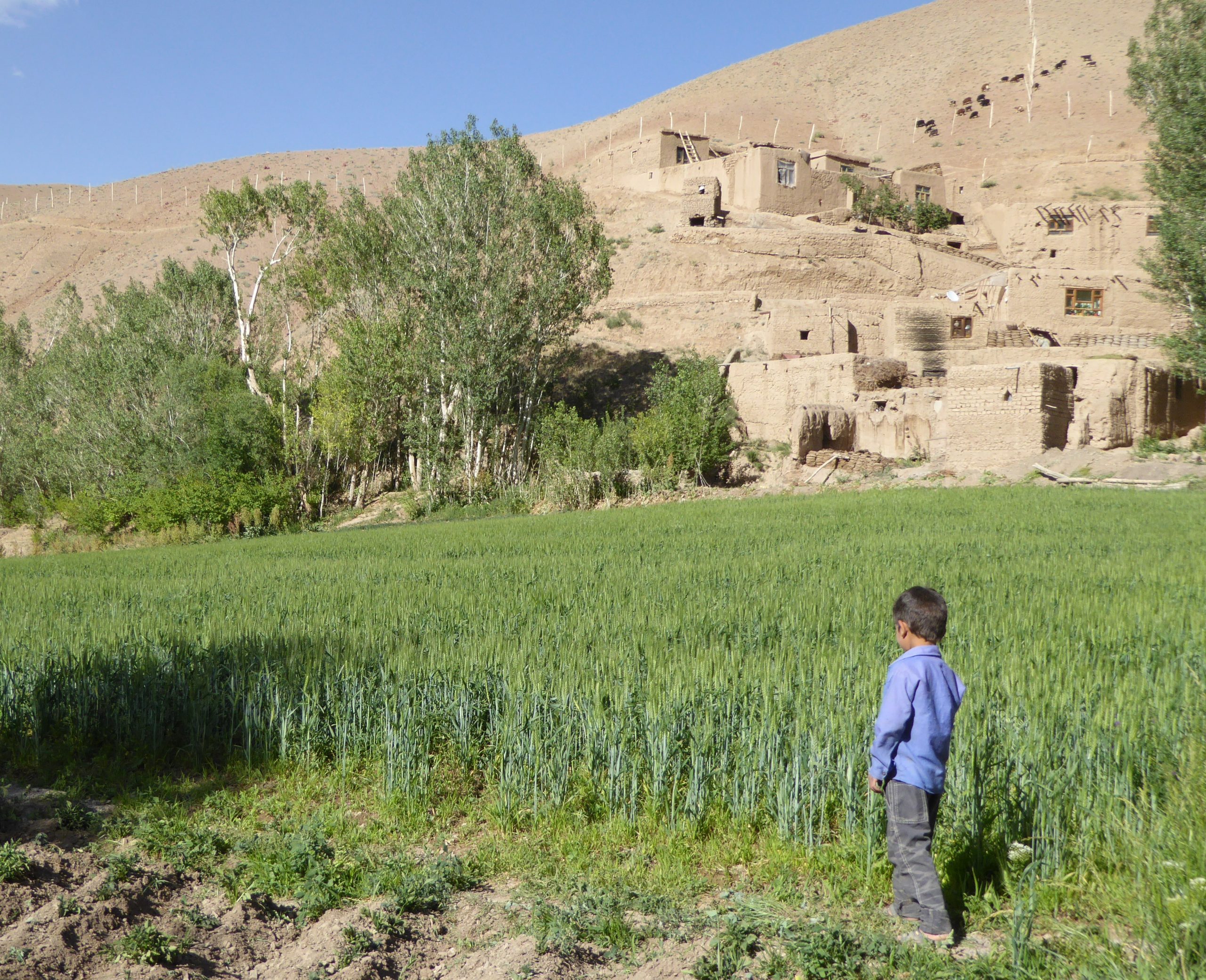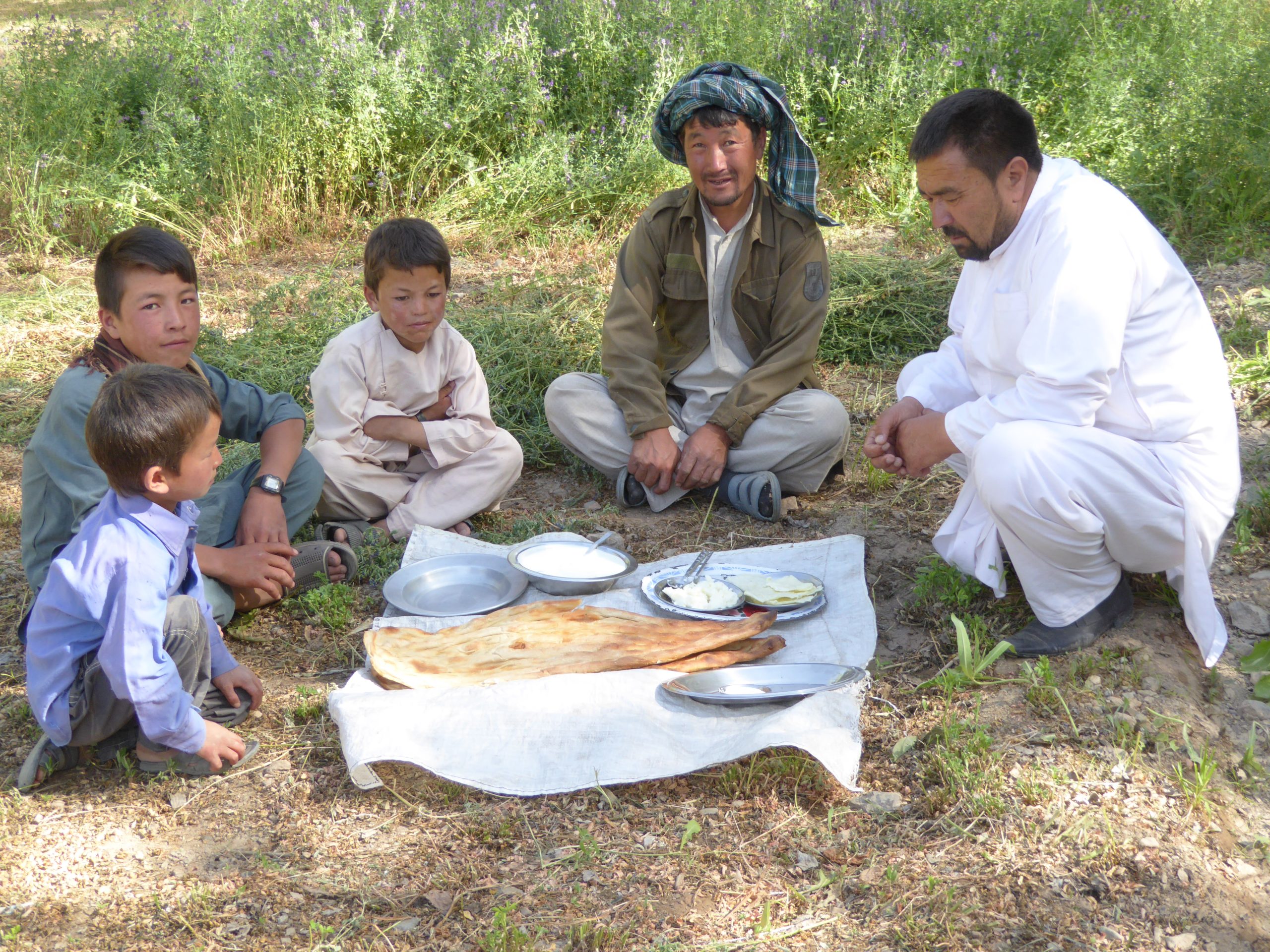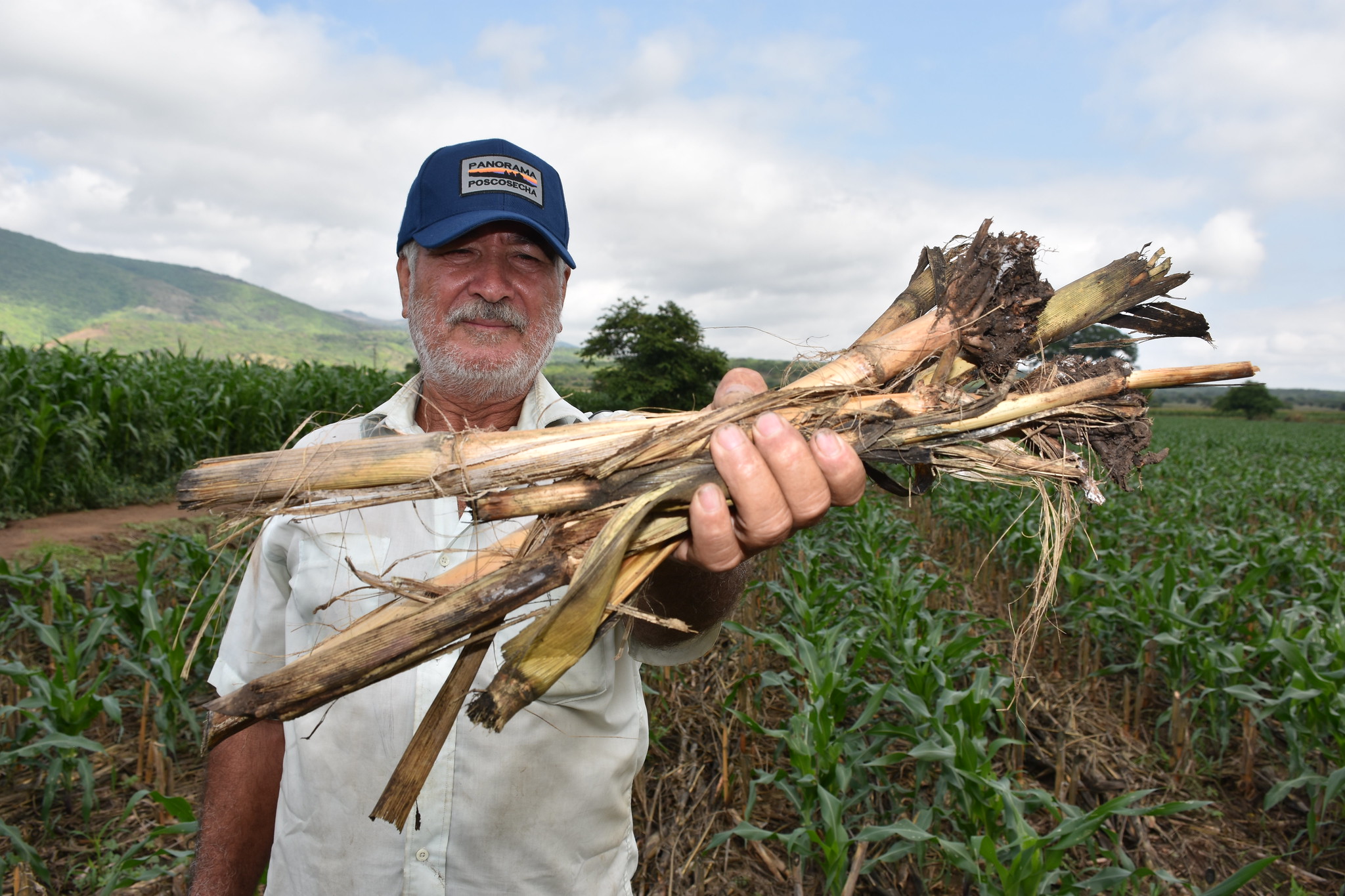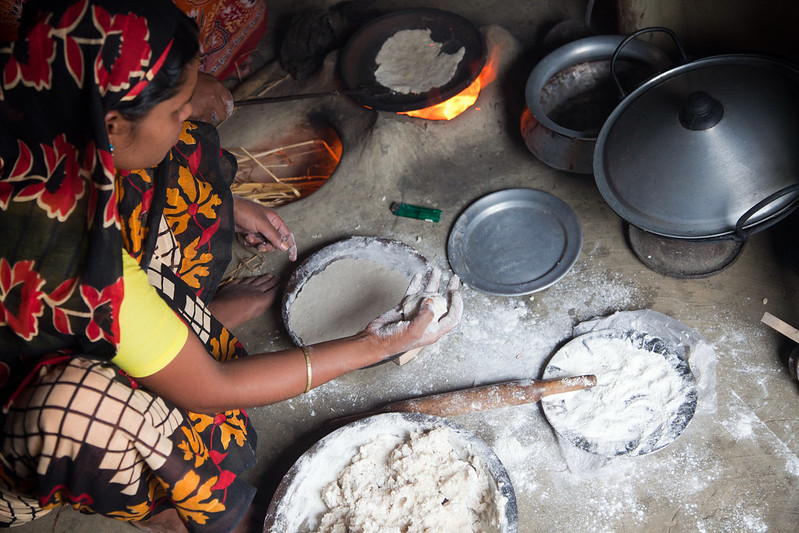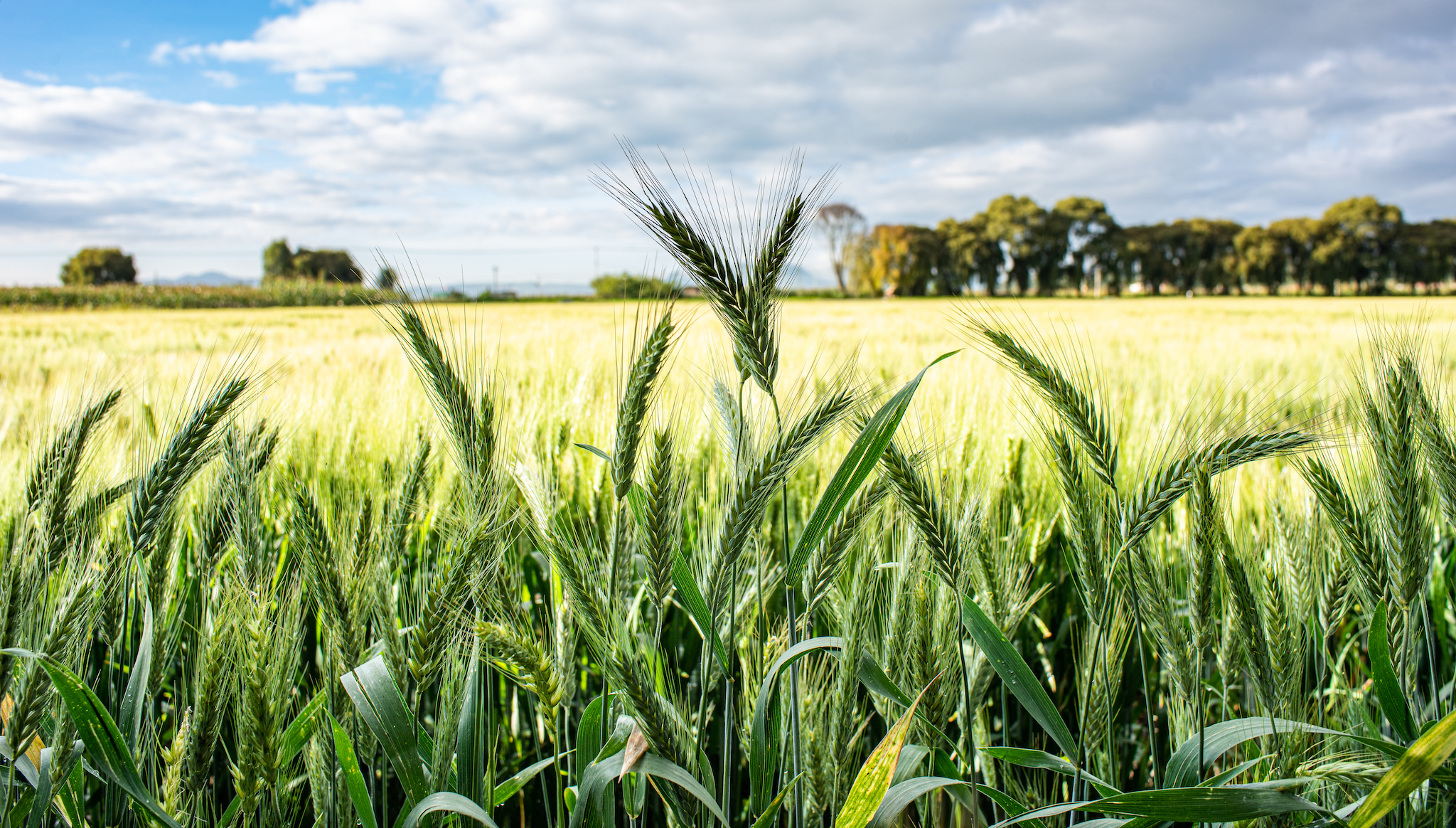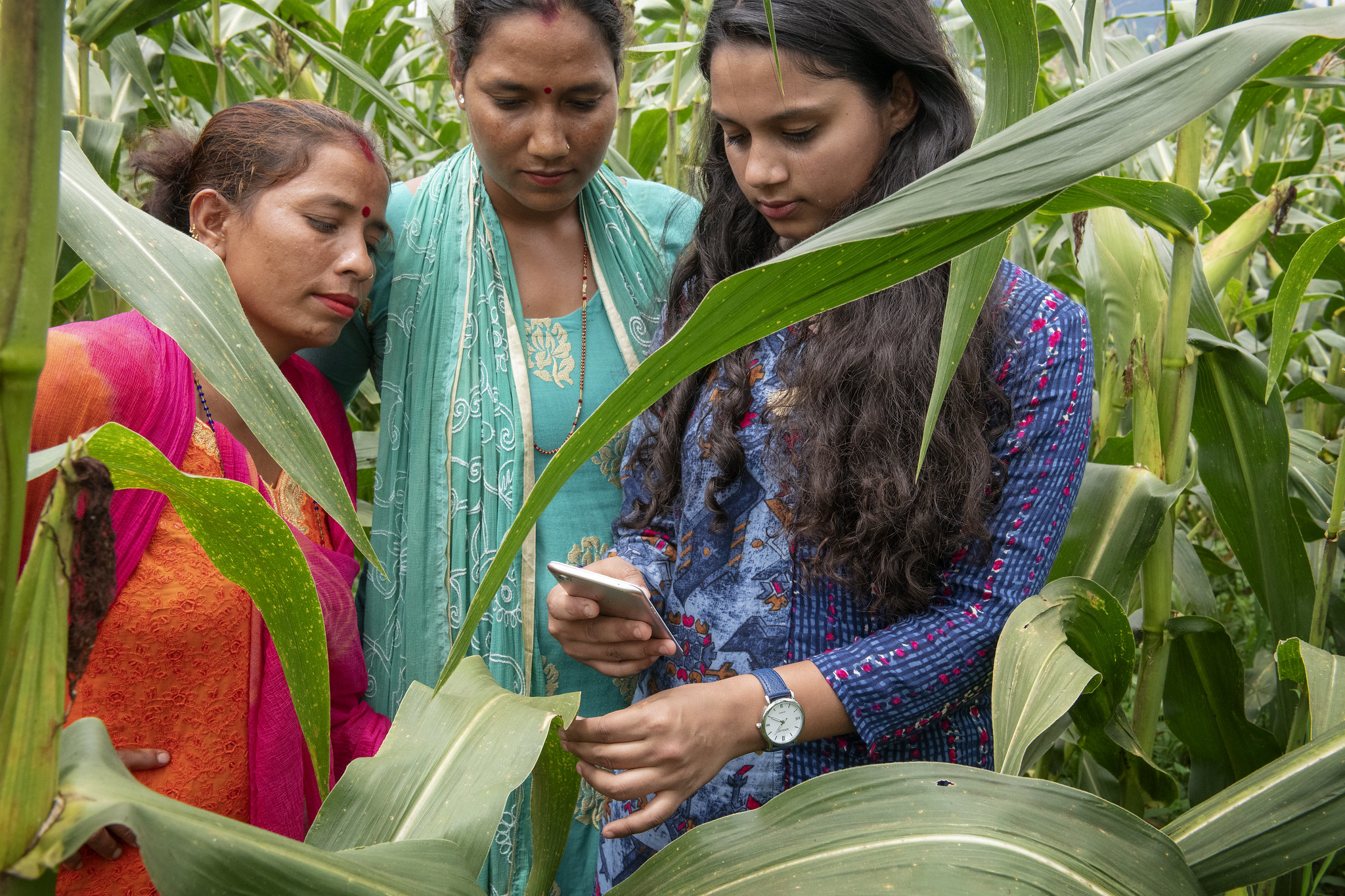The status of women in agri-food systems
To provide a comprehensive overview of women and gender issues in agriculture, the Food and Agriculture Organization (FAO) recently released “The status of women in agri-food systems,” which provides compelling examples of policies and programs with a review of what has worked and specific recommendations. The report concludes that increasing women’s empowerment is essential for women’s well-being and has a positive impact on agricultural production, food security, diets, and child nutrition.
Despite the importance of agrifood systems for women’s livelihoods and the welfare of their families, women’s roles are marginalized, and their working conditions are likely to be worse than men’s–irregular, informal, part-time, low-skilled, labor intensive and thus vulnerable.
The International Center for Maize and Wheat Improvement (CIMMYT) recognizes the pressing need for gender equality measures in agri-food systems and has initiated many specific projects to address gender equality. In addition, CIMMYT is committed to introducing a gender component into all its research, programs, and interventions.
“It is an acknowledgment that gender and social equity has always been a critical component of the sustainability of any initiative, regardless of the crop and the geographic area affected,” said Bram Govaerts, CIMMYT’s Director General. “CIMMYT is now more intentional about addressing gender equality issues and we recognize the same old methods might not be the most effective.”
FAO: the collection of high-quality data are paramount for monitoring, evaluating and accelerating progress on gender equality in agrifood systems
In the past, many initiatives have relied on surveys to gather data from farmers, producers, consumers, and other stakeholders. However, in traditional rural societies, survey-based data collection might not be the best way to evaluate women’s agency, as the deeply rooted cultural restrictions might not allow them to talk openly about sensitive issues, like their relationship with a spouse.
As part of the Accelerating Genetic Gains in Maize and Wheat for improved livelihoods in Asia and Africa (AGG) project, in Bihar India, CIMMYT researchers developed an innovative storytelling approach to data collection: using vignettes, farmers are given short stories to relate to their household circumstances. Stories are also easier to remember and help build a connection with the characters quickly.
This storytelling method debunked some long-held ideas about women’s role in agriculture in this area of India, creating a more nuanced view of how and why women engage in agriculture. This method will lead to richer qualitative data, which can improve the development and sustainability of gender interventions.
FAO: Social protection programs have increased women’s employment and enhanced women’s resilience.
CIMMYT’s partnership with the Cereal Systems Initiative for South Asia (CSISA) specifically supports women farmers by improving their access and exposure to modern and improved technological innovations, knowledge and entrepreneurial skills. CSISA works in synergy with regional and national efforts, collaborating with public and private-sector partners.
FAO: interventions must be designed to close gender inequalities and empower women.
While CIMMYT has produced many improved maize varieties, CIMMYT researchers discovered that these new varieties may fall short in meeting the needs of women and the poorest of farmers. We need to explore novel approaches to evaluating farmer demand for seed, considering new questions instead of continuing to look for gender-based differences in preferences.
A first step in that direction is to determine how demand for maize seed differs among farmers according to their needs, priorities, and resource limitations. Gender is a large part of that equation, but the CIMMYT researchers also advocate for other considerations, like how maize fits into household food security and livelihoods, decision-making dynamics around maize production, and seed accessibility.
Internal efforts at CIMMYT
While the FAO report is focused on women in the agri-food system, CIMMYT has also engaged several internal initiatives to ensure a more diverse portfolio of researchers and to cultivate a stronger sense of inclusion at CIMMYT and in the wider scientific community.
At CIMMYT, between 20 and 25 percent of staff in the science career track–careers involving field, lab, data, and socioeconomic work–are female. In 2022, Alison Bentley, Director of CIMMYT’s Global Wheat Program, and Nele Verhulst, cropping systems agronomist started Women in Crop Science at CIMMYT. The group aims to connect and build a network of women in the science career track and commits to achieving a more inclusive environment at CIMMYT and within the Consultative Group for International Agricultural Research (CGIAR).
The group recently received the Inclusive Team award at the inaugural CGIAR Inclusive Workplace Awards.
CIMMYT is also helping to develop the next generation of women scientists through the annual Jeanie Borlaug Laube Women in Triticum Awards, which recognizes scientific excellence and leadership potential. To date., over 60 women scientists have received leadership training and professional development opportunities meant to support them as they join the community of scholars who are fighting hunger worldwide.
Cover photo: Women sorting out maize seed at the Mgom’mera Seed Company warehouse in Lilongwe, Malawi. (Photo: CIMMYT/Kipenz Films)
